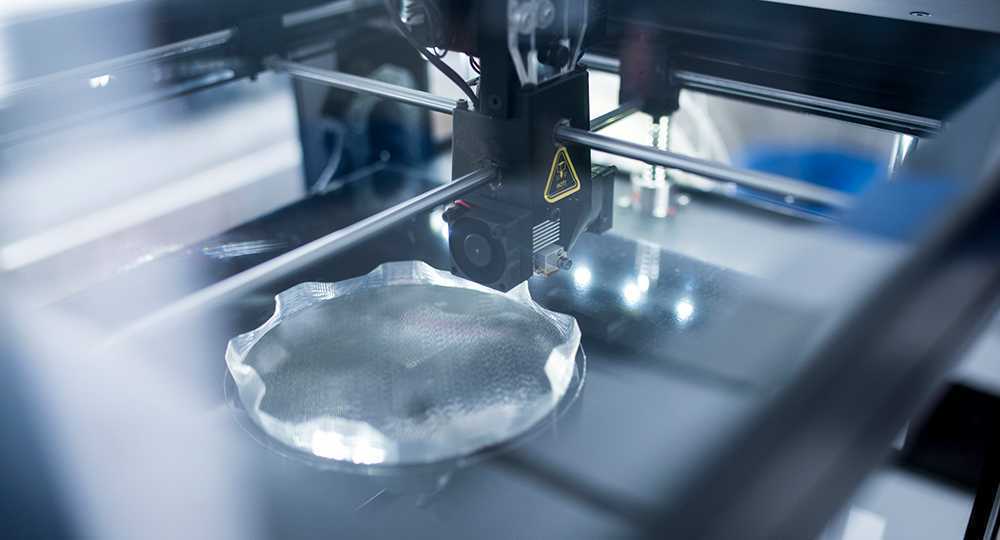One of the most exciting developments in technology is 3D printing. What started out as a hobbyist’s dream has the potential to disrupt industries as diverse as consumer goods, healthcare and aviation. The best way to understand the potential impact of this technology is to compare it to traditional printing, and how it transformed our lives.
So, imagine a time when books were copied by hand, and the only people who had access to printed materials were the clergy and the rich. Books were scarce, and the demand for new content was basically nonexistent. That was the world in the 15th century before Johannes Gutenberg created the printing press. Through various evolutions and integrations of other technologies, this source technology landed on office desks around the world, making it possible for literally everyone to print whatever they want, in unlimited quantities. It spawned whole industries and influenced others, ranging from books and magazines to photography and scientific research. We take the power of this technology for granted, but it truly has changed everything we do.
3D printers promise the same power, but for the manufacture of three-dimensional objects. Imagine a world in which there are templates for anything from toothbrushes to heart valves. You can download the template and send it to your 3D printer, and ask it to print enough toothbrushes to last you a lifetime, make new parts for your drone, or even print a handgun. This world exists right now, and in the coming years we will see the technology become as accessible, as easy to use as the inkjet printer on your desk. Here are some of the revolutionary ways that 3D printing is changing our world.
3D prosthetics
In South Africa, Nneile Nkholise is using 3D printing to create prosthetics for victims of breast cancer. Her company, iMedTech, uses additive manufacturing to manufacture breast prostheses at a lower cost.
Globally, e-Nable is a community of volunteers consisting of teachers, students, engineers, scientists, medical professionals and others. They provide access to 3D printable, open-source prosthetics, and provide 3D printed hands and arms free of charge for communities in need. Anyone can download the files to create a 3D-printed hand here.
Organs for everyone
Medical research is at the bleeding edge of 3D printing. In a process called bioprinting, a cell scaffold is formed in a particular shape. Human cells are then seeded into the scaffold and, almost like a building going up, construct the organ around the scaffold. Some 3D printed organs are already being used in clinical settings, but more complex organs such as the heart and liver are still beyond current technology. One significant challenge for bioprinting is the lack of biological signalling, which provides instructions for cells about how they should differentiate and what kind of cell they should be.
Printing food – seriously?
Your next chocolate bar won’t come out of a printer, but the technology is not far off. Theoretically, a 3D printer can use any material to create a three-dimensional object by adding layer upon layer according to a computer’s instructions. But as you can imagine, some foods are easier to manipulate than others. Broccoli just won’t print, but chocolate or pasta might.
Get the latest tech from Vodacom
Don’t miss out on the tech you want: shop online on the Vodacom website and get FREE delivery, FREE connection and FREE SIM.



